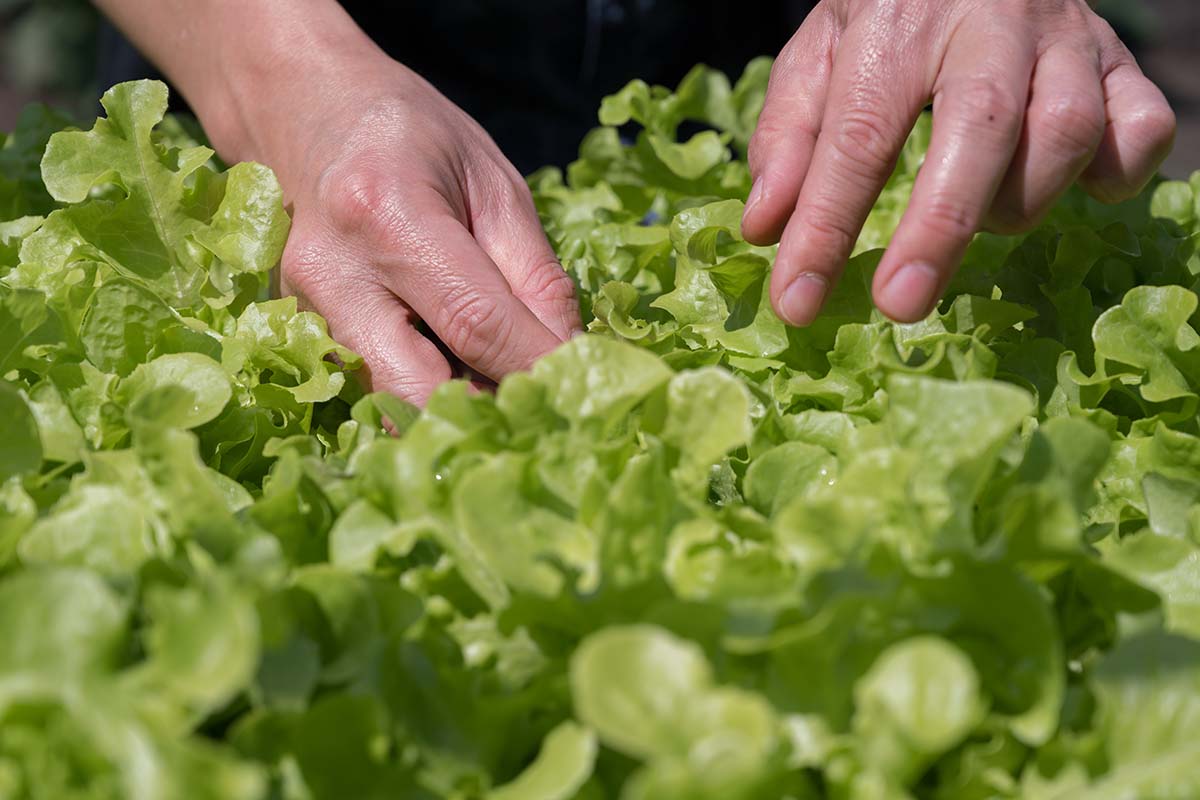

Articles
How To Pick Lettuce From The Garden
Modified: December 6, 2023
Learn the best techniques for picking fresh lettuce from your garden with this step-by-step gardening guide. Get expert tips and advice for a bountiful harvest.
(Many of the links in this article redirect to a specific reviewed product. Your purchase of these products through affiliate links helps to generate commission for Storables.com, at no extra cost. Learn more)
Introduction
Welcome to the world of gardening, where you can cultivate your own delicious and nutritious vegetables right in your backyard. If you’ve ever wanted to have a fresh salad straight from your garden, picking lettuce is an essential skill to master. Lettuce is a versatile leafy green that is easy to grow and provides a beautiful addition to any salad or sandwich. In this article, we will guide you through the process of picking lettuce from your garden, ensuring that you harvest it at the right time for optimal flavor and texture.
Picking lettuce may sound like a straightforward task, but there are a few factors to consider before you begin harvesting. From determining the maturity of the lettuce to understanding the different varieties and their unique harvesting requirements, there is much to learn. By taking these factors into account and following the proper techniques, you can ensure a bountiful harvest of crisp and flavorful lettuce leaves.
Before you venture out into the garden to start picking lettuce, let’s first discuss the tools and equipment you will need. While lettuce harvesting doesn’t require many specialized tools, having the right ones on hand can make the process more efficient and enjoyable. Gather your supplies, put on your gardening gloves, and let’s get ready to pick some fresh lettuce from your garden!
Key Takeaways:
- Harvest lettuce at the right maturity, considering factors like leaf color, texture, and environmental conditions. Use the proper tools and techniques to ensure a bountiful and flavorful harvest.
- Store and preserve freshly harvested lettuce by washing, storing in the refrigerator, and revitalizing wilted leaves. Enjoy garden-fresh salads with crisp and flavorful lettuce all year round.
Read more: How To Store Fresh Picked Lettuce
Factors to Consider Before Picking Lettuce
Picking lettuce at the right time is crucial to ensure that you enjoy the best flavor and texture from your harvest. Here are some important factors to consider before you start picking your lettuce:
- Maturity: Lettuce comes in different varieties, each with its own recommended maturity stage for harvesting. Most lettuce varieties are ready for harvest when the leaves reach a certain size and shape. Check the seed packet or plant label for specific information about the maturity time for the lettuce variety you are growing.
- Leaf color and texture: Examine the leaves of the lettuce plant before picking. The leaves should have developed their characteristic color, whether it’s vibrant green, deep red, or a mix of colors. The texture should be crisp and free from any signs of wilting or discoloration.
- Environmental conditions: Consider the prevailing weather conditions when deciding when to pick your lettuce. Extremely hot temperatures can cause lettuce to bolt, which means it starts producing flowers and becomes bitter in taste. If the weather forecast predicts a heatwave, it’s best to harvest your lettuce a bit earlier to avoid bitterness.
- Growth stage: Lettuce plants have different growth stages, starting with the seedling stage, followed by the vegetative stage and finally the bolting stage. It’s ideal to harvest lettuce during the vegetative stage when the leaves are abundant and tender. If you wait too long and the lettuce reaches the bolting stage, the leaves can become tough and bitter.
- Taste preference: Personal taste preferences can also play a role in determining when to pick lettuce. Some individuals prefer young lettuce leaves for their milder flavor and tender texture, while others enjoy the stronger taste of more mature leaves. Experiment with different stages of lettuce growth to find your preferred level of maturity.
By considering these factors and observing your lettuce plants closely, you will be able to determine the perfect time to start picking. Remember, it’s always better to harvest lettuce a little earlier rather than waiting too long, as younger leaves tend to be more flavorful and tender. Next, let’s gather the necessary tools and equipment for a successful lettuce harvest.
Tools and Equipment Needed
Harvesting lettuce requires minimal tools and equipment, but having the right ones on hand can make the process easier and more efficient. Here are the essential tools you will need for picking lettuce from your garden:
Gardening gloves: Protect your hands from dirt, thorns, and other potential hazards in the garden by wearing gardening gloves. Look for gloves that provide a good grip and allow for dexterity, as you will be handling delicate lettuce leaves.
Pruning shears or scissors: Use a pair of clean and sharp pruning shears or scissors to cut the lettuce leaves. These tools ensure a clean and neat cut, minimizing damage to the plant and maintaining the quality of the harvested leaves.
Basket or harvesting container: Have a basket, bucket, or harvesting container handy to collect the harvested lettuce leaves. Make sure it is deep enough to prevent the leaves from getting crushed or damaged during transportation.
Water spray bottle: Keep a water spray bottle nearby to mist the lettuce leaves if they appear wilted or dry during harvesting. This can help revive them and maintain their crispness until you are ready to use or store them.
Knife: A sharp knife can be useful for harvesting larger lettuce heads. Use the knife to cut the base of the lettuce head at the soil level, ensuring a clean cut without damaging neighboring plants.
Disposable gloves or plastic bags: If you are planning to harvest a large quantity of lettuce or if you want to keep different lettuce varieties separate, consider using disposable gloves or plastic bags to handle and store the harvested leaves. This will help maintain their freshness and prevent cross-contamination.
Labeling materials: If you are growing multiple lettuce varieties, labeling materials such as markers or tags can be helpful. Use them to label the harvested lettuce leaves, indicating the variety and harvest date. This information will come in handy when storing and organizing the lettuce later.
Cooler or refrigerator: After harvesting, it’s important to keep the lettuce cool and maintain its freshness. If you are not going to use the lettuce immediately, store it in a cooler or refrigerator with high humidity to prolong its shelf life.
Having these tools and equipment readily available will ensure that you are well-prepared for a successful lettuce harvest. Now that you have gathered your supplies, let’s move on to the step-by-step guide for picking lettuce from your garden!
Step-by-Step Guide to Picking Lettuce
Now that you have your tools and equipment ready, it’s time to pick lettuce from your garden. Follow these step-by-step instructions to ensure a successful harvest:
- Assess lettuce maturity: Examine each lettuce plant and determine if it has reached the desired level of maturity for harvest. Check for the characteristic size, shape, and color of the leaves based on the variety you are growing.
- Select the leaves: Choose the outermost leaves of the lettuce plant for harvesting. This allows the inner leaves to continue growing and ensures a continuous supply of fresh lettuce. Select leaves that are vibrant in color, free from any browning or discoloration, and crisp to the touch.
- Hold the leaf: Gently hold the selected leaf near its base or stem. Be careful not to squeeze or bruise the leaf as you prepare to cut it.
- Cut the leaf: Using clean and sharp pruning shears or scissors, make a clean cut just above the base of the leaf where it meets the stem. Avoid tearing or ripping the leaf, as this can affect its quality and appearance.
- Continue harvesting: Move on to the next outer leaf of the same plant and repeat the process. Harvest as many leaves as needed, depending on your requirements and the size of the lettuce plant.
- Harvest lettuce heads: If you are growing lettuce varieties that form heads, such as iceberg or romaine lettuce, use a sharp knife to cut the entire head at the base, just above the soil level.
- Mist the leaves: If the lettuce leaves appear wilted or dry during harvesting, mist them with water using a spray bottle. This will help rejuvenate them and maintain their crispness until you are ready to use or store them.
- Inspect for pests: While harvesting, keep an eye out for any signs of pests or diseases on the lettuce leaves. Remove any damaged or infested leaves to prevent the spread of pests in your garden.
- Clean and store: Once you have finished harvesting, gently wash the lettuce leaves under cold water to remove any dirt or debris. Pat them dry with a clean towel or use a salad spinner. If you are not using the lettuce immediately, store it in a cool and humid place, such as a refrigerator, to maintain its freshness.
By following these step-by-step instructions, you can harvest your lettuce with ease and ensure that each leaf is picked at its prime. The next section will guide you on how to prepare your lettuce for harvest, enhancing its flavor and texture.
When picking lettuce from the garden, choose leaves from the outer part of the plant first, as they are the oldest and will encourage new growth. This will ensure a continuous harvest throughout the season.
Preparing Lettuce for Harvest
Before you start picking lettuce from your garden, it’s important to ensure that the leaves are in optimal condition for harvest. Proper preparation helps maintain the flavor, texture, and overall quality of the lettuce. Here are some essential steps to follow when preparing lettuce for harvest:
- Inspect for pests: Before you begin harvesting, carefully inspect the lettuce plants for any signs of pests or diseases. Remove any damaged or infested leaves to prevent the spread of pests in your garden.
- Water the plants: Water the lettuce plants a day or two before harvesting. This helps hydrate the leaves and ensures they are plump and crisp, making them easier to handle and improving their overall taste.
- Choose the right time of day: Ideally, harvest lettuce in the morning when the temperatures are cooler. This helps to maintain the crispness of the leaves and reduce the risk of wilting.
- Consider washing: Depending on personal preference, you may choose to wash lettuce leaves immediately before harvesting or wait until you are ready to use them. Washing the leaves removes any dirt or debris and prepares them for consumption or storage.
- Trim damaged leaves: If you notice any leaves that are wilted, yellowed, or damaged, trim them off before harvest. This ensures that only the healthiest and freshest leaves are harvested.
- Harvest strategically: When selecting lettuce leaves for harvest, start with the outermost leaves and work your way inwards. This allows the inner leaves to continue growing and ensures a steady supply of fresh lettuce for future harvests.
- Leave the growing point intact: When picking leaf lettuce varieties, be sure to leave the central growing point of the plant intact. This allows for continued growth and ensures a longer harvest period.
- Rotate the harvest: If you are growing multiple rows or patches of lettuce, rotate your harvest between them. This prevents overharvesting from one area and promotes even growth and maturity throughout your garden.
By following these preparation steps, you can ensure that your lettuce harvest is of the highest quality. Take your time, be mindful of the plant’s health, and handle the leaves with care. Now that you have learned how to prepare your lettuce for harvest, let’s dive into the specifics of harvesting different lettuce varieties!
Read more: How To Store Garden Lettuce
Harvesting Different Lettuce Varieties
Lettuce comes in various varieties, each with its own unique shape, color, and growth habit. As a result, different lettuce varieties have specific requirements for harvesting. Here is a guide on how to harvest different types of lettuce:
1. Leaf Lettuce: Leaf lettuce is known for its loose, open leaves and continuous growth. To harvest leaf lettuce, simply pick individual leaves from the outer part of the plant as needed, allowing the inner leaves to keep growing. This method ensures a continuous supply of fresh lettuce throughout the growing season.
2. Butterhead Lettuce: Butterhead lettuce, also known as Boston or Bibb lettuce, forms a loose head of tender leaves. Harvest butterhead lettuce by cutting the whole head at the base, just above the soil line. Alternatively, you can pick individual leaves from the outer part of the plant, similar to leaf lettuce.
3. Romaine Lettuce: Romaine lettuce is characterized by its elongated and sturdy leaves. Harvest romaine lettuce by cutting the whole head at the base, just above the soil line. If you prefer a continuous harvest, you can also pick outer leaves while leaving the inner leaves to continue growing.
4. Crisphead Lettuce: Crisphead lettuce, commonly known as iceberg lettuce, forms a tight and compact head. Harvest crisphead lettuce when the head is firm and fully formed. Use a sharp knife to cut the entire head at the base, just above the soil line. Avoid tearing or breaking the head.
5. Loose-Leaf Lettuce Mix: Lettuce mixes, which often include a combination of different leaf lettuce varieties, can be harvested by picking individual leaves as needed. Harvest the outer leaves first, allowing the inner leaves to continue growing. This results in a continuous supply of mixed lettuce leaves for your salads.
6. Other Varieties: There are many other lettuce varieties available, each with its own unique characteristics. Consult the specific growing and harvesting instructions for the particular lettuce variety you are growing to ensure the best results.
Remember to harvest lettuce when it reaches the desired maturity, considering factors like leaf color, size, texture, and your personal taste preferences. By following these guidelines, you can enjoy a diverse selection of lettuce varieties throughout the growing season.
Now that you have become familiar with harvesting different lettuce varieties, let’s move on to the final section: storing and preserving your freshly harvested lettuce.
Storing and Preserving Lettuce
After you’ve harvested your lettuce, it’s important to properly store and preserve it to maintain its crispness and freshness. Here are some tips for storing and preserving your freshly harvested lettuce:
1. Washing lettuce: If you haven’t already washed the lettuce, gently wash the leaves under cold water to remove any dirt or debris. Gently pat the leaves dry with a clean towel or use a salad spinner to remove excess moisture.
2. Leaf vs. head lettuce: The storage methods for leaf lettuce and head lettuce can vary. Leaf lettuce is best stored loosely, while head lettuce can be stored intact or separated into individual leaves.
3. Storing in the refrigerator: Place the cleaned and dried lettuce leaves in a plastic bag or airtight container lined with a damp paper towel. This helps to maintain moisture and crispness. Store the lettuce in the refrigerator’s crisper section, which has higher humidity, at a temperature of around 32 to 36°F (0 to 2°C).
4. Avoid compression: Do not compress or tightly pack the lettuce leaves, as this can cause them to wilt. Allow for some airflow to keep the leaves fresh.
5. Properly sealed containers: Ensure that your storage containers are properly sealed to prevent moisture loss and odors from other foods in the refrigerator. Alternatively, you can also use resealable plastic bags with the excess air squeezed out.
6. Use within a week: For the best flavor and texture, it’s recommended to use the harvested lettuce within a week. As time passes, the lettuce may gradually lose its crispness and freshness.
7. Revitalizing wilted lettuce: If your lettuce leaves have wilted slightly, you can revive them by soaking them in a bowl of ice water for a few minutes. This helps to rehydrate the leaves and restore their crispness.
8. Freezing lettuce: While lettuce is best enjoyed fresh, you can freeze excess lettuce leaves for future use. Blanch the leaves in boiling water for a few seconds, then immediately transfer them to an ice bath to stop the cooking process. Pat the leaves dry, place them in airtight freezer bags, and store them in the freezer for up to three months.
By following these storing and preservation tips, you can prolong the shelf life of your freshly harvested lettuce and enjoy its crispness and flavor for as long as possible.
Now that you have mastered the art of picking and storing lettuce, you can savor the satisfaction of enjoying crisp and flavorful garden-fresh salads any time of the year. Happy gardening!
Frequently Asked Questions about How To Pick Lettuce From The Garden
Was this page helpful?
At Storables.com, we guarantee accurate and reliable information. Our content, validated by Expert Board Contributors, is crafted following stringent Editorial Policies. We're committed to providing you with well-researched, expert-backed insights for all your informational needs.
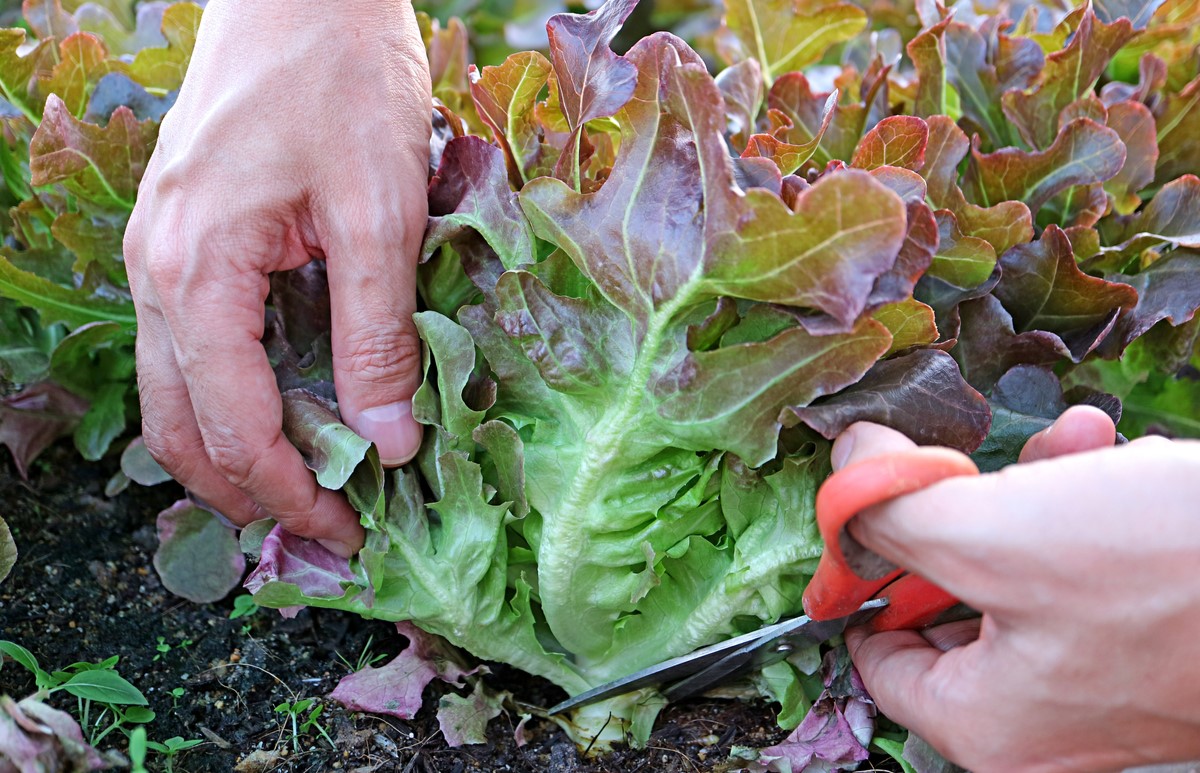
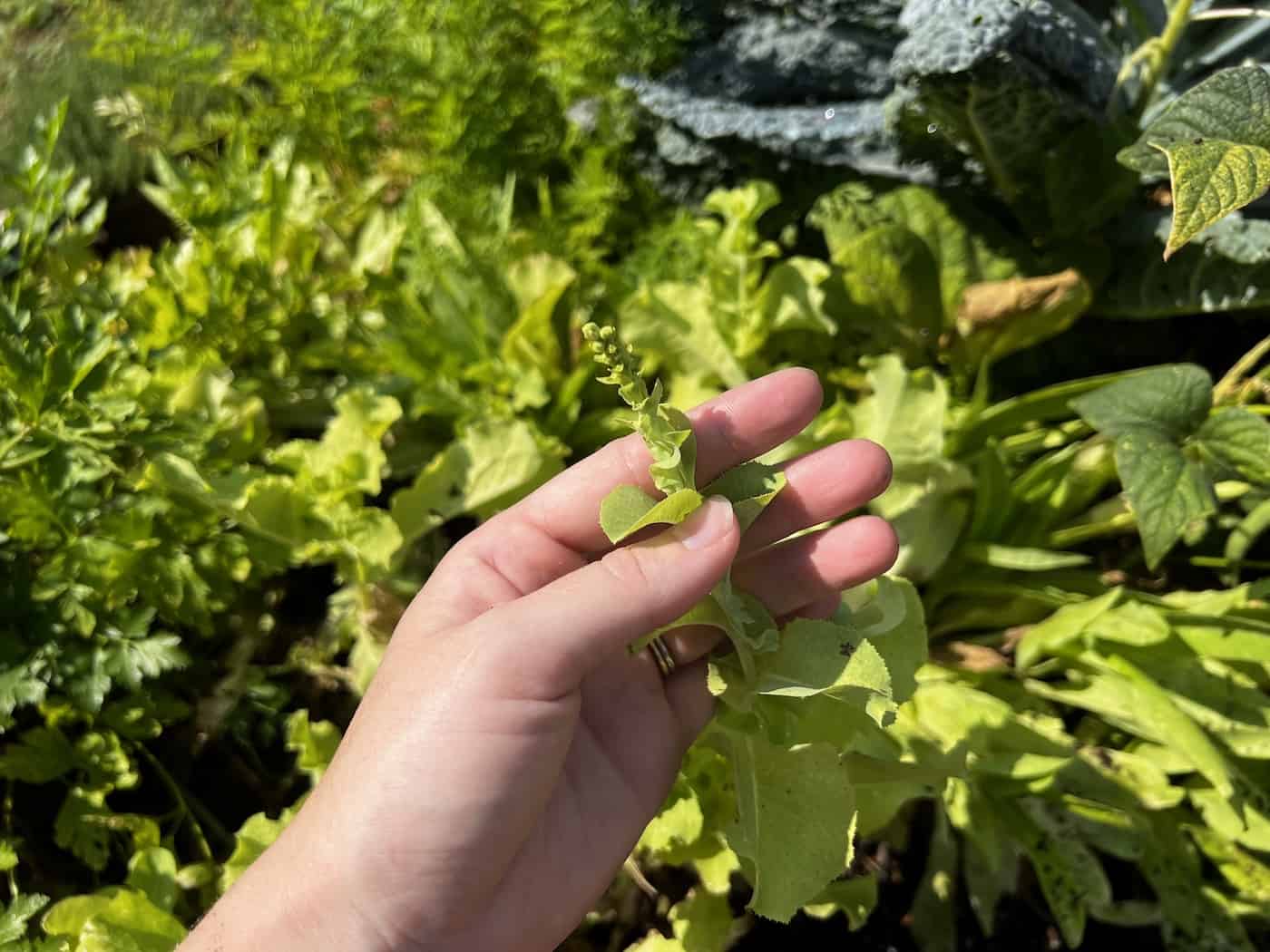
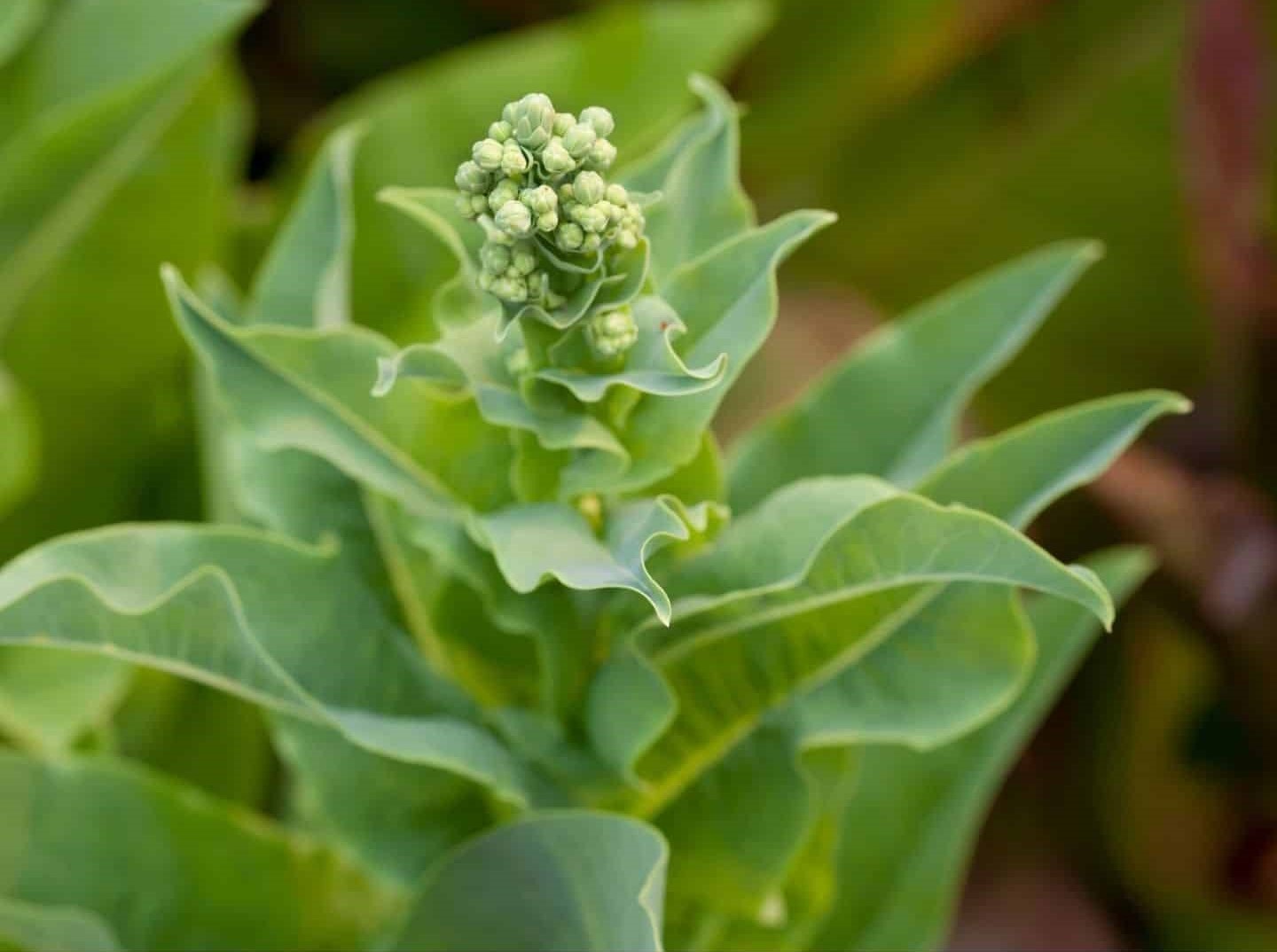
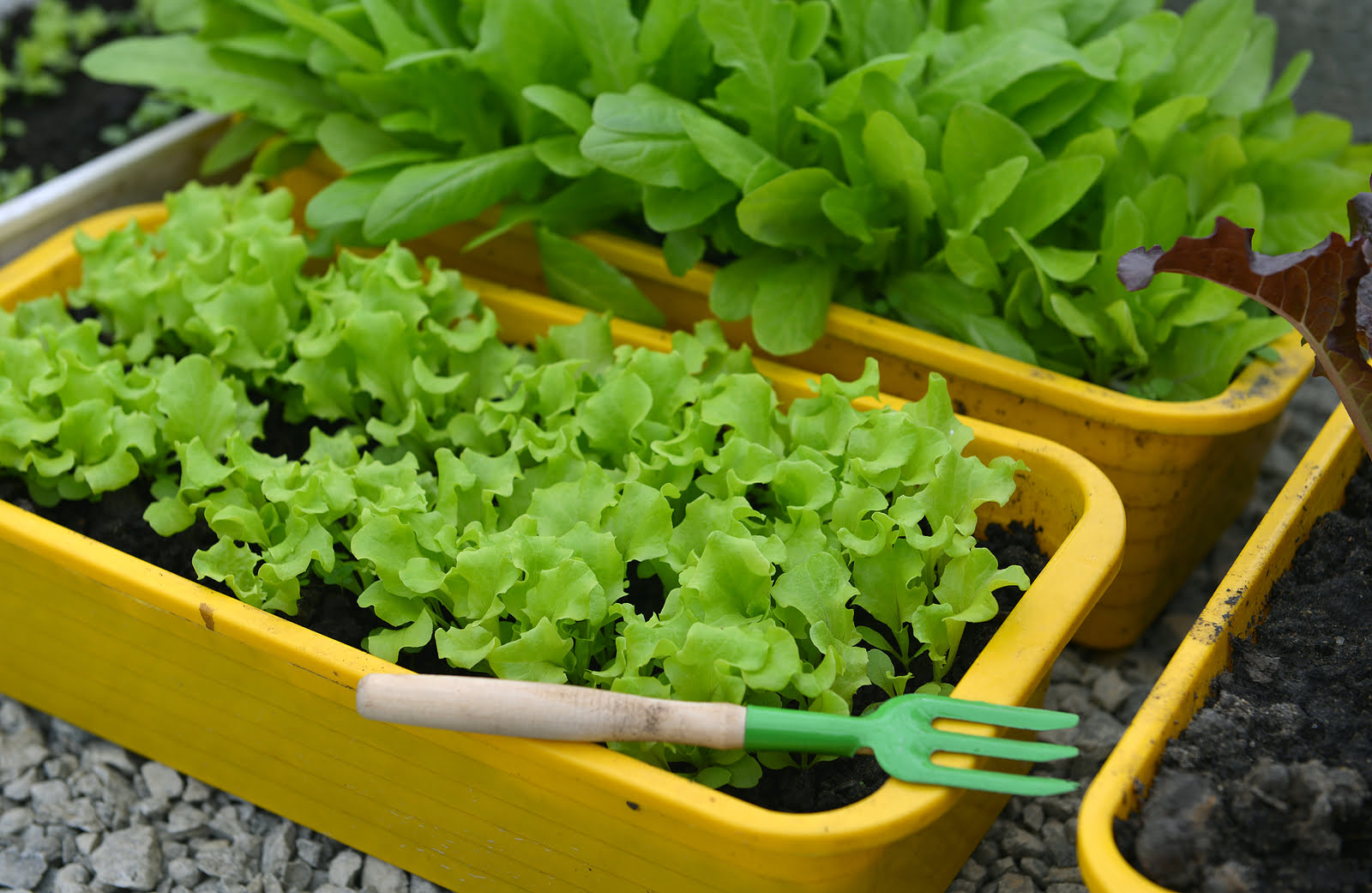
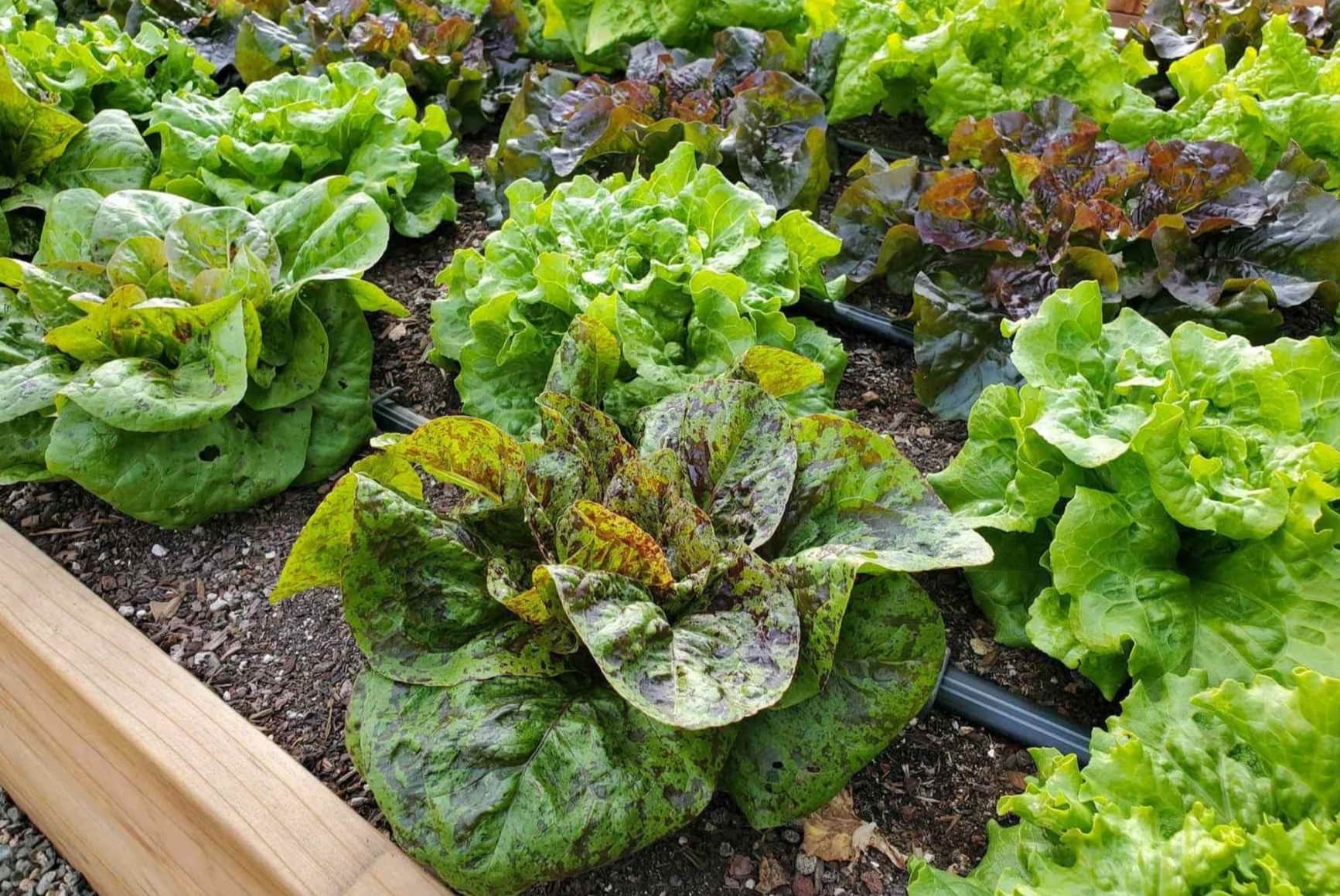
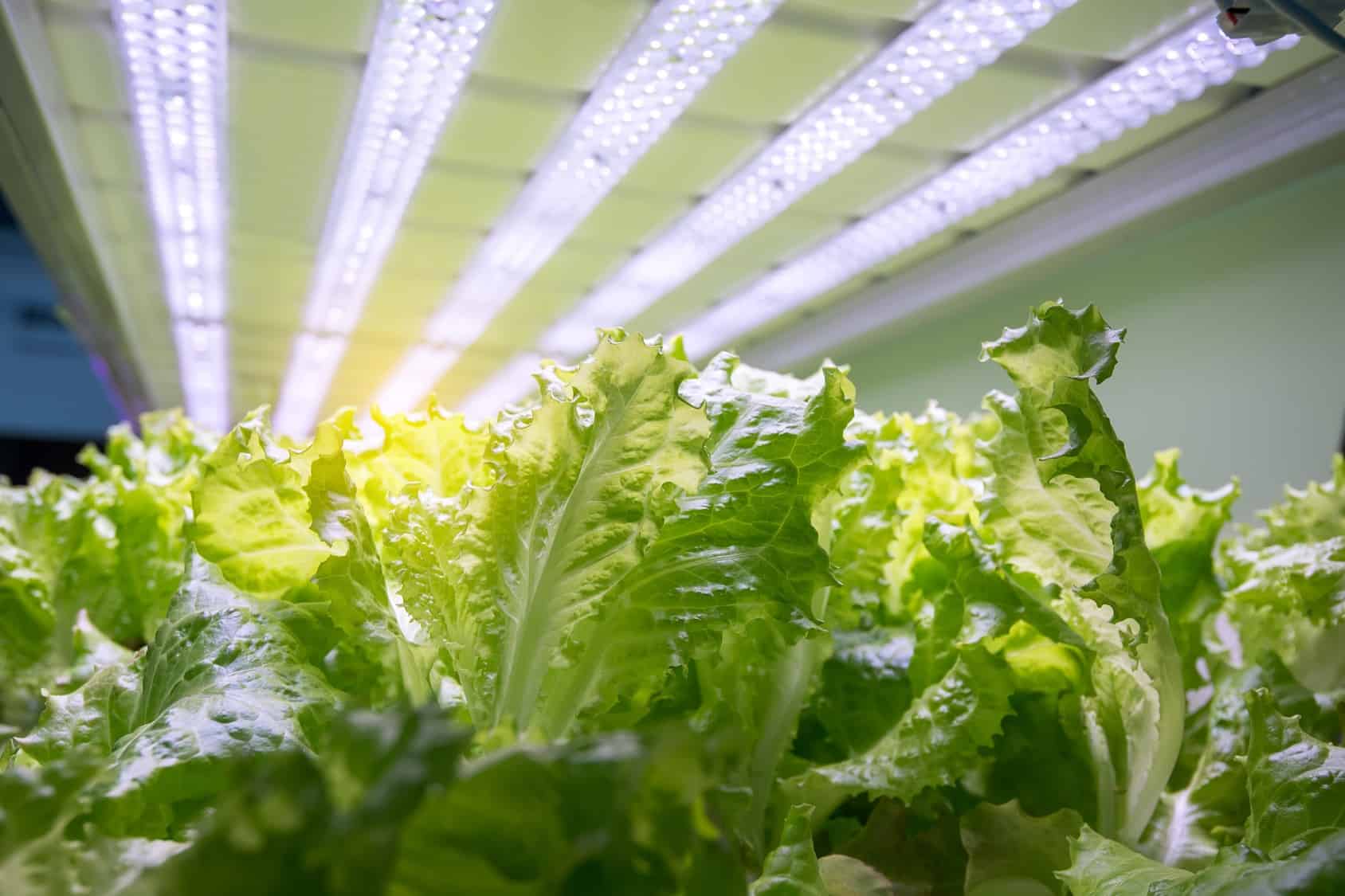
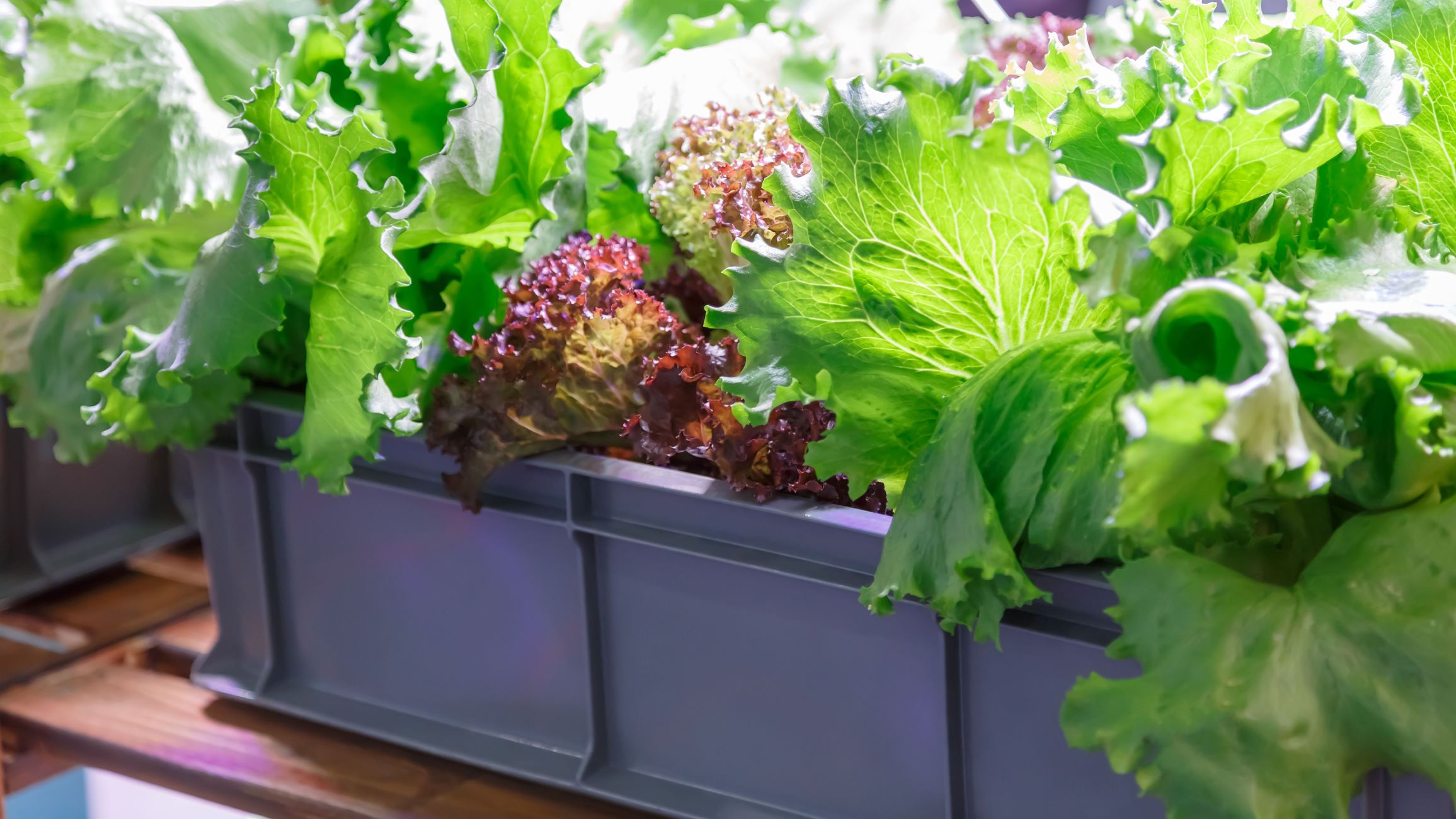
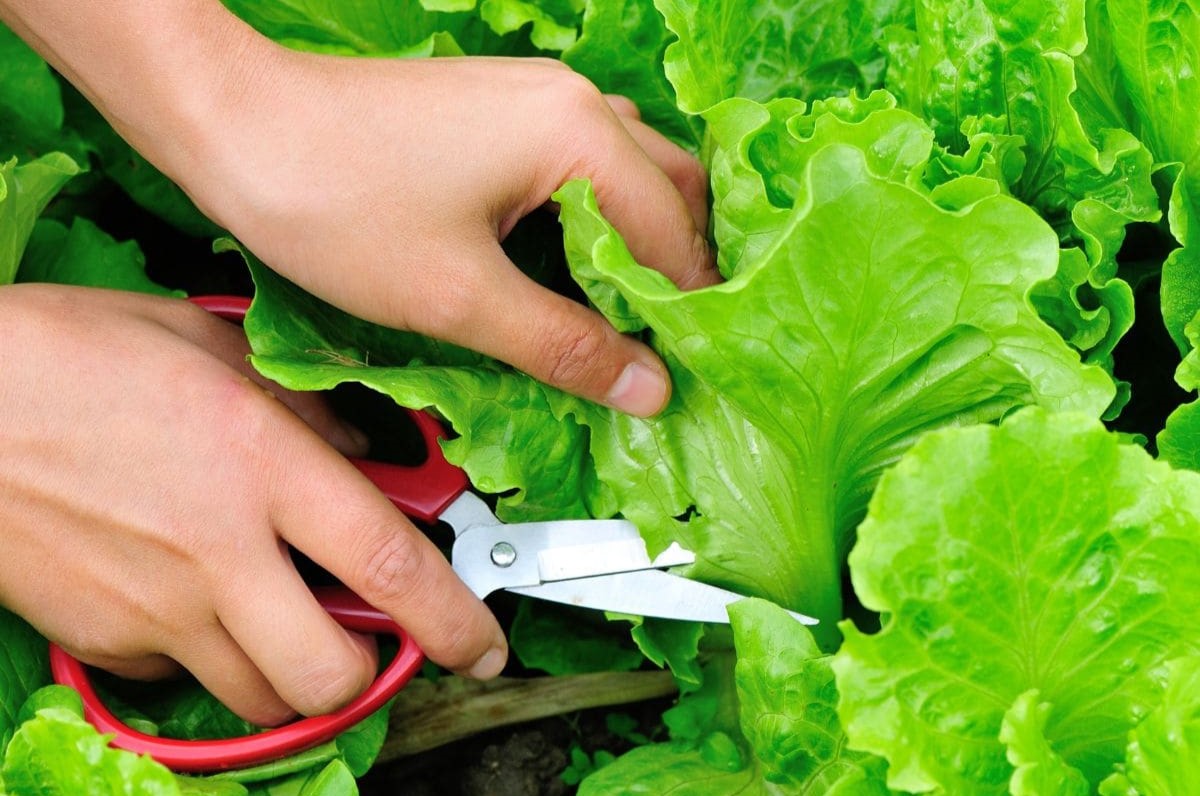
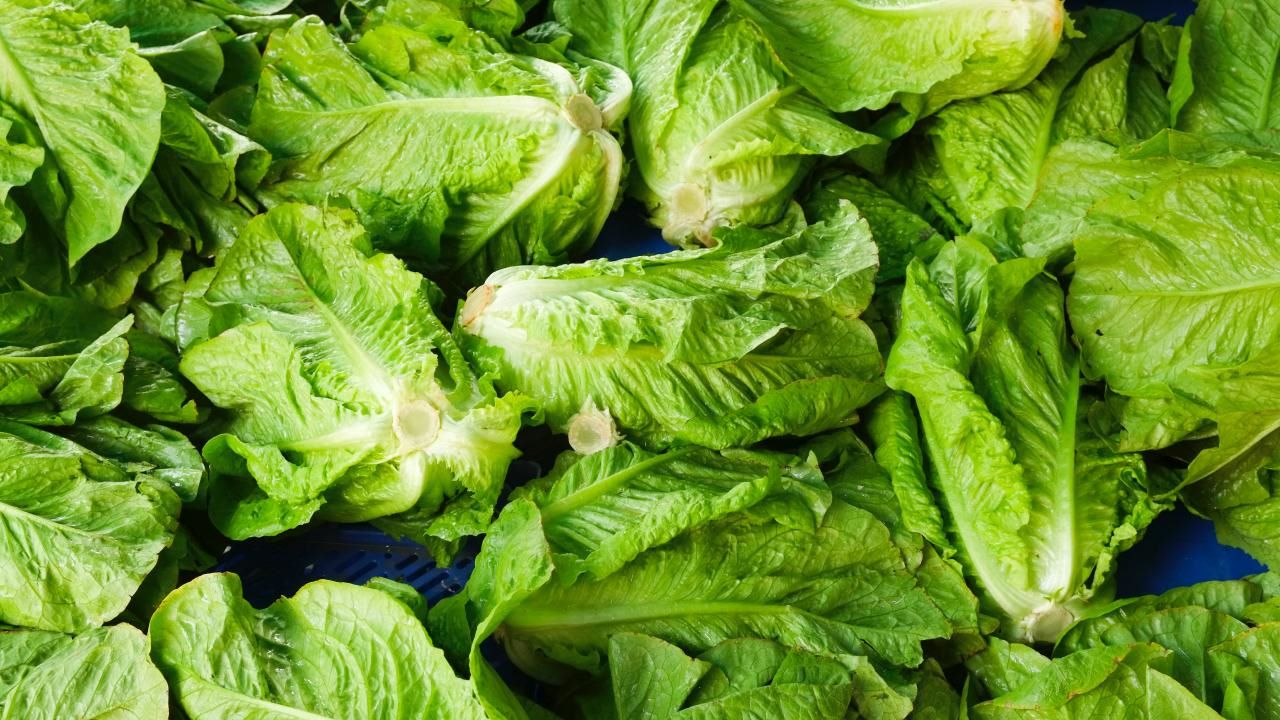
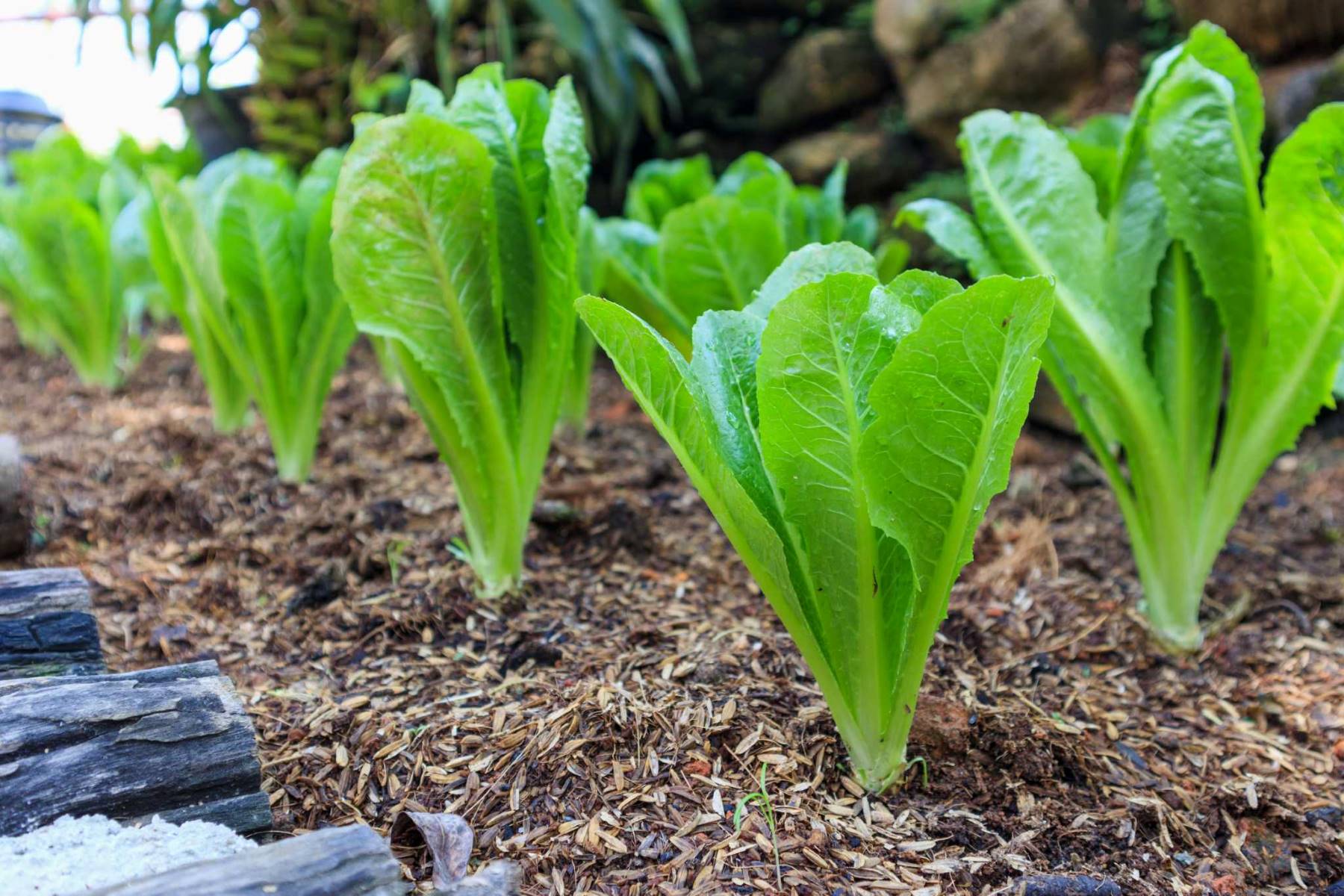
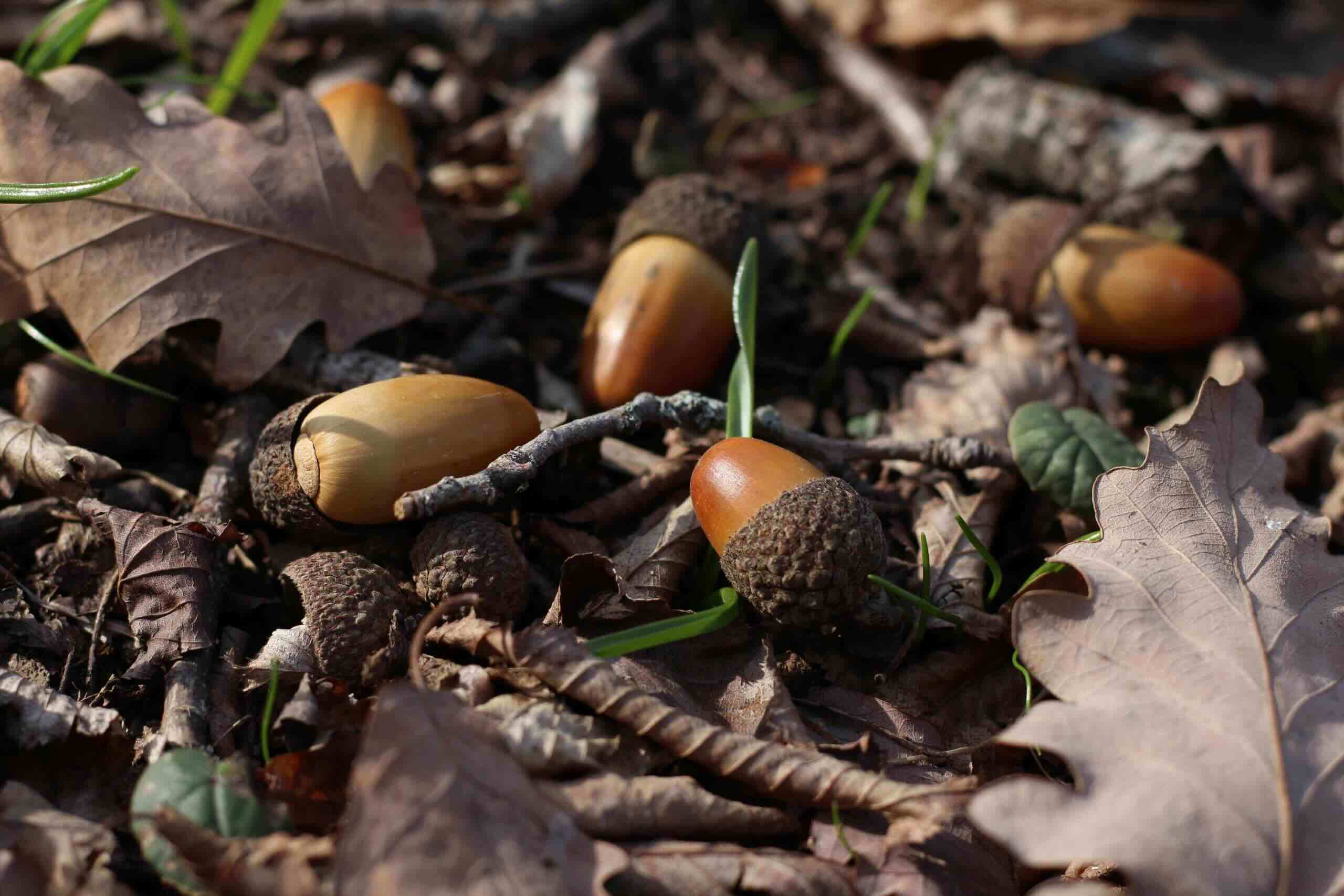

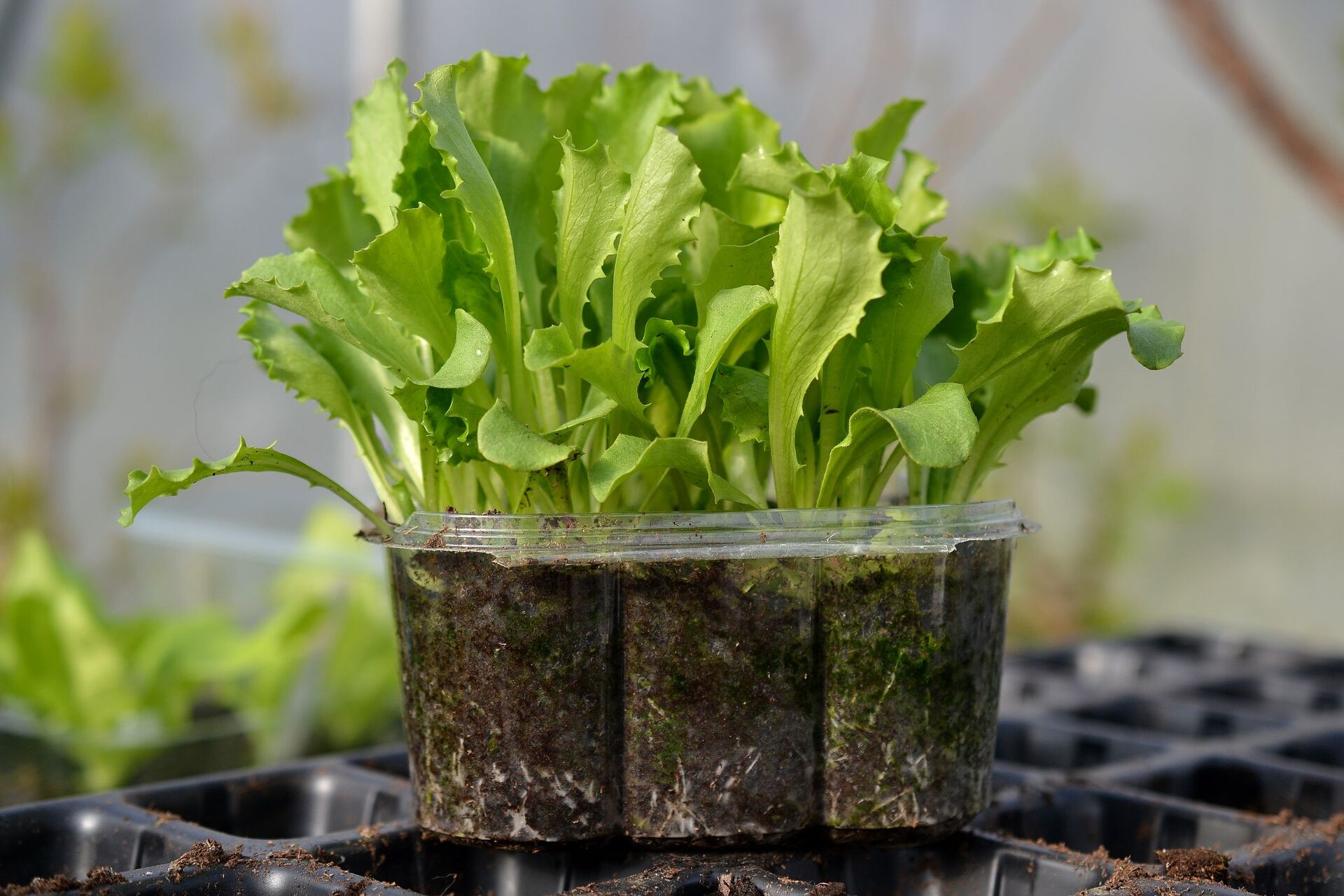
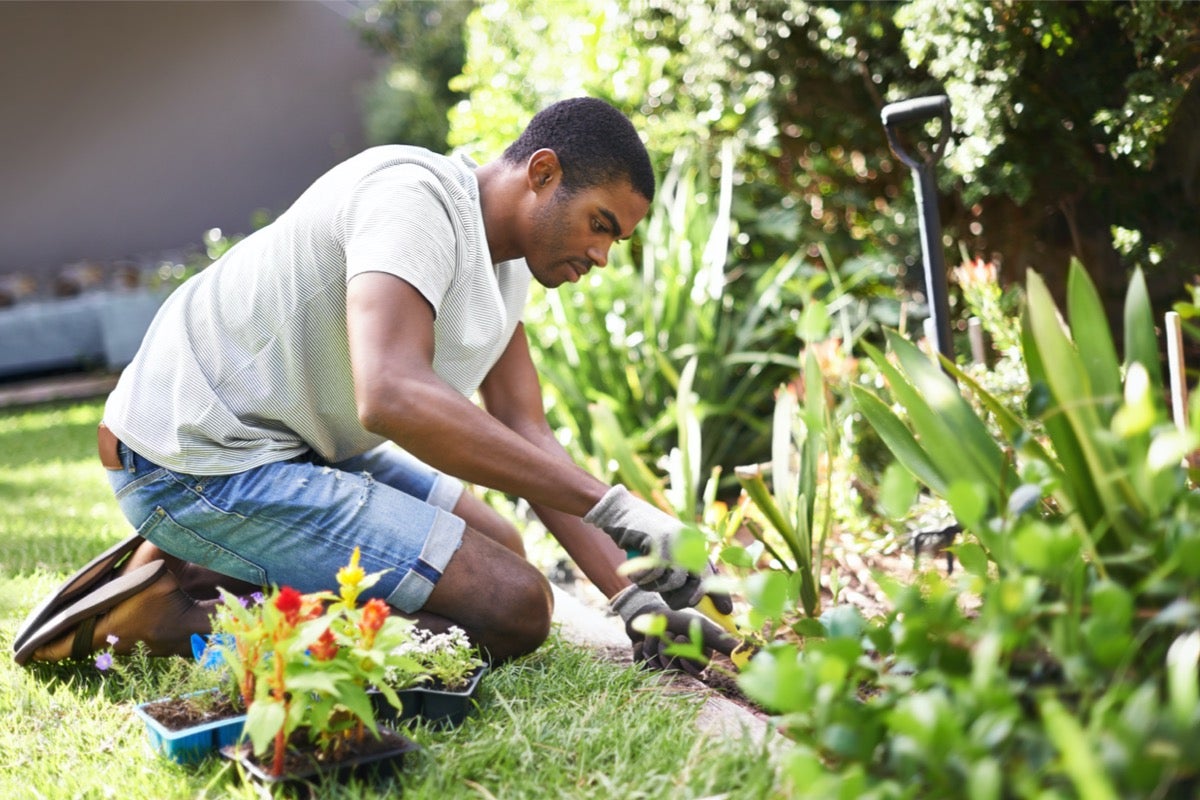

0 thoughts on “How To Pick Lettuce From The Garden”